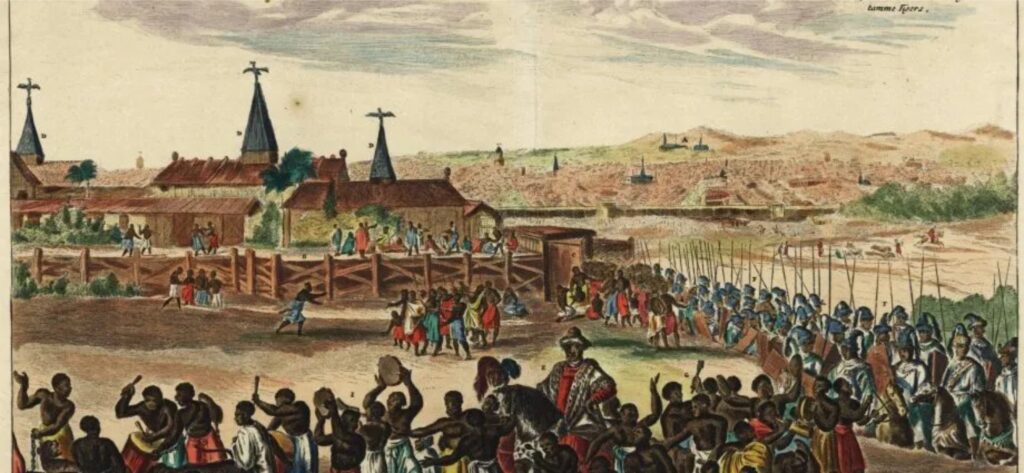In 2023, the Ooni of Ife walked the runway at Africa Fashion Week Nigeria. It was a moment that caught the attention of both the fashion world and cultural observers. Dressed in flowing Adire with detailed Yoruba embroidery, he redefined what royal representation could look like in a modern setting.
His appearance did more than celebrate tradition. It created space for heritage within contemporary fashion. The Ooni used his platform to emphasize that cultural identity deserves a place in every arena, including the global fashion stage.
The Queen Behind the Scenes
The success of Africa Fashion Week Nigeria also belongs to Queen Ronke Ademiluyi-Ogunwusi. As the founder of the event, she has been a consistent force in promoting indigenous fashion. Her focus on Yoruba textiles and design has positioned the festival as a powerful platform for cultural expression.
Through her leadership, designers from across Africa find opportunities to showcase their work, while also preserving the techniques and stories behind each piece. She and the Ooni form a partnership that promotes cultural pride through action and visibility.
From Ife to the World
Under the Ooni’s guidance, Yoruba fashion has found new audiences across the globe. Adire, once worn mainly within local communities, is now featured in stores in Brazil and Europe. This effort to export traditional textiles has created economic opportunities for artisans in Nigeria.
The global recognition of Adire reflects a larger vision. It shows how cultural heritage can become a tool for both artistic expression and sustainable growth. The Ooni’s work brings attention to the value of African craftsmanship, not just at home but worldwide.
References
- Africa Fashion Week Nigeria: Royalty Meets Runway – BellaNaija Style (https://www.bellanaijastyle.com/afwn-ooni-ife-queen-ronke)
- Ooni of Ife Promotes Yoruba Culture Through Global Adire Movement – The Guardian Nigeria (https://guardian.ng/life/ooni-ife-adire-brazil-export)
- Interview with Queen Ronke Ademiluyi: Fashion as Cultural Diplomacy – Arise Fashion Week (https://arisefashionweek.world/queen-ronke-ademiluyi)


